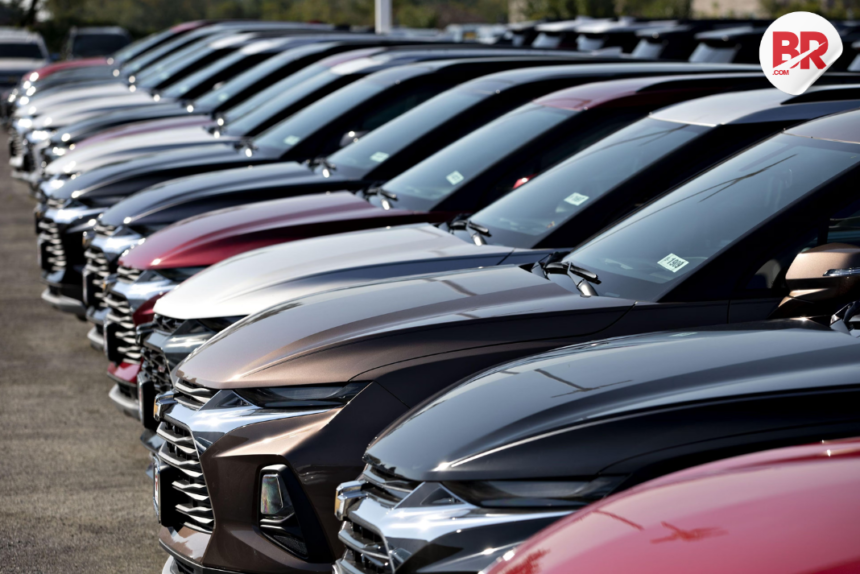
India auto retail sales rose 5% in May 2025, according to the Federation of Automobile Dealers Associations (FADA). This steady growth shows the market’s resilience despite some bumps along the way.
What does this mean for everyday buyers and sellers? Simply put, two-wheelers, three-wheelers, and tractors are driving the growth, while passenger vehicles, commercial vehicles, and construction equipment saw drops. So, while some wheels keep turning, others seem stuck in traffic.

Breaking it down: two-wheelers grew 7.3% year-on-year, riding high thanks to auspicious marriage days, a strong Rabi harvest, and pre-monsoon demand, especially in rural and semi-urban areas.
That’s good news for anyone hoping to zoom around on a new bike soon. However, on a month-to-month basis, two-wheelers dipped slightly by 2%, showing that growth isn’t always a straight road.
Passenger vehicles, the flashy stars of the show, didn’t have it easy. Their retail sales shrank by 3.1% year-on-year and even more sharply by 13.6% month-on-month.
Dealers blame tight financing and weaker consumer moods. Inventory days also crept up from about 50 to roughly 53, meaning cars are sitting longer on lots—kind of like waiting for your favorite movie to finally drop on streaming.
Commercial vehicles, crucial for freight and business, also slowed down. Sales declined by 3.7% year-on-year and 11.3% month-on-month.
Also Read Theme Park Takeover: HDFC’s Mega Bet on Imagicaaworld Shakes Up Entertainment Biz
The reasons? Sluggish freight cycles, liquidity crunches, and geopolitical uncertainties. Buses showed some light at the end of the tunnel, but trucks linked to sectors like cement and coal are still stuck in slow gear due to delayed financing.
Looking ahead to June, FADA expects cautious optimism. The monsoon season and upcoming festivals should boost rural demand, keeping two-wheelers busy. But financing woes and selective price hikes by manufacturers might keep growth in check.
Passenger vehicle dealers continue to wrestle with high inventory and older model line-ups, which slows sales despite local boosts from events like the Rath Yatra. Meanwhile, commercial vehicle stocks remain high as dealers prepare for new A/C cabin regulations starting June 2025, just as freight demand stays soft due to liquidity and weather issues.
The takeaway? OEMs and financiers must align their production and credit strategies carefully. Matching supply with real demand, offering smart incentives, and ensuring working capital flow will be key to navigating the lean but steady market.
In summary, India auto retail sales are on a modest rise but with clear challenges ahead. The market is not cruising at full speed yet, but there’s cautious hope as rural demand and festivals kick in.
Also Read HSBC’s Power Player Mark Tucker Walks Away — And AIA Just Got Its Secret Weapon Back!












